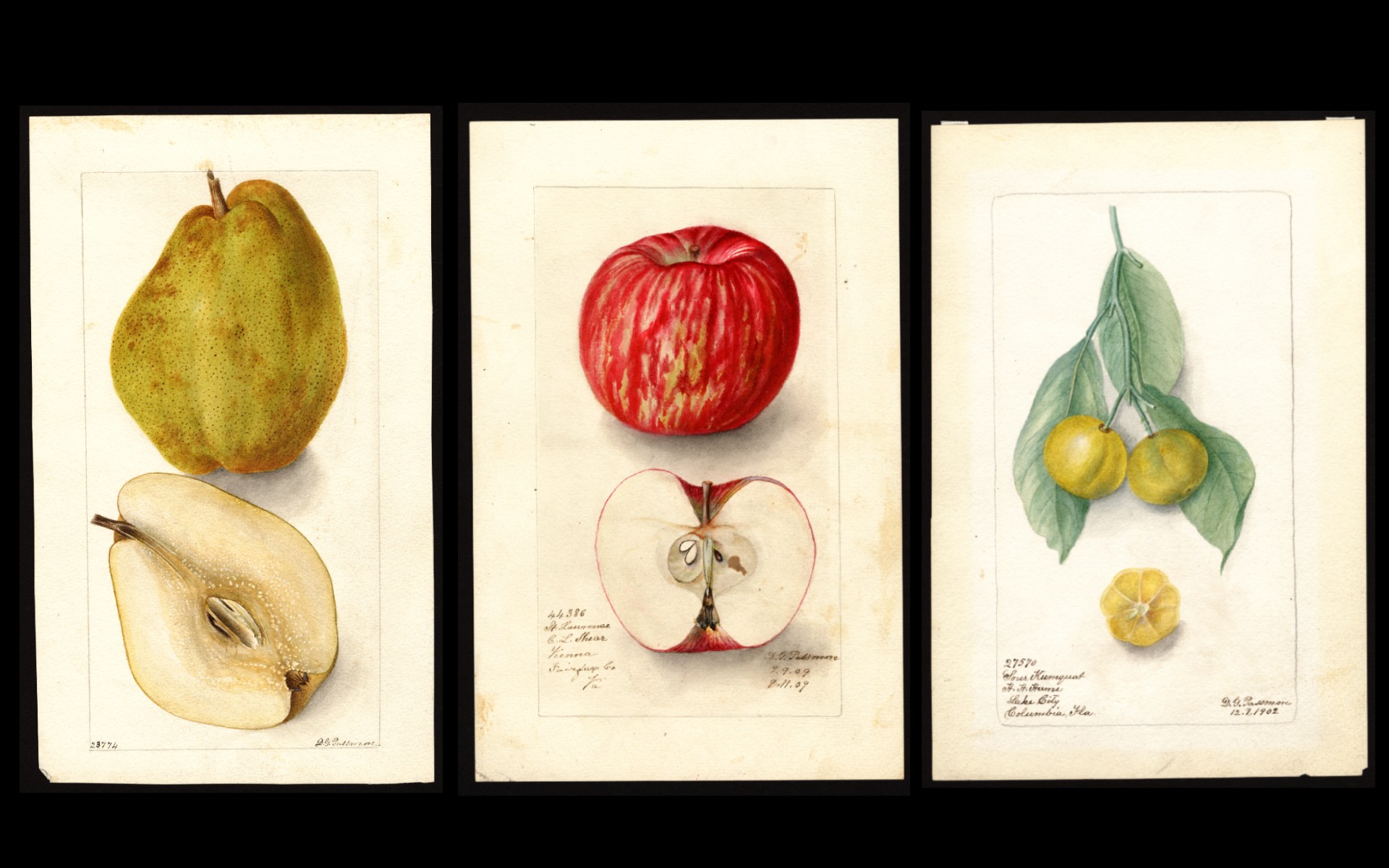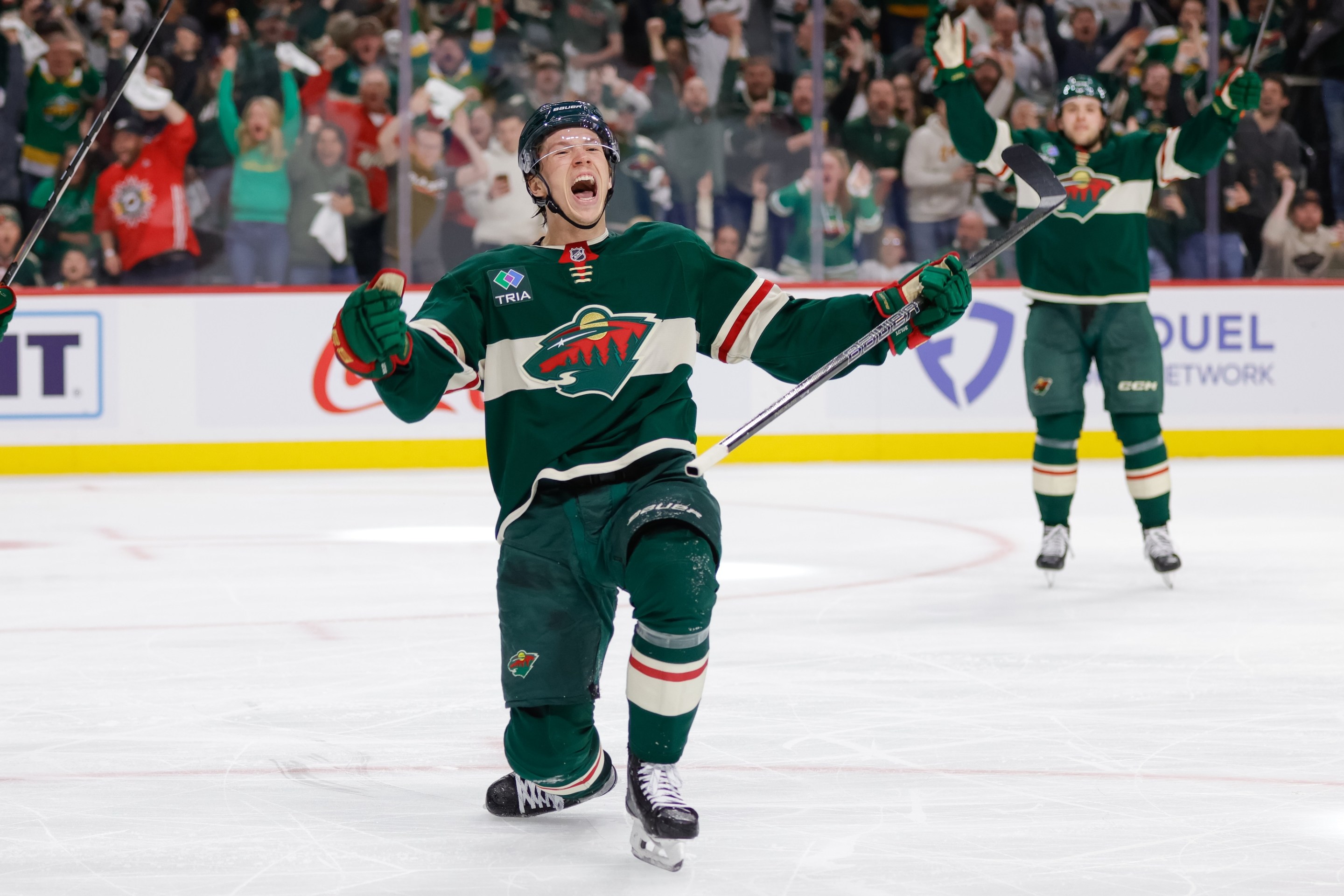The government is keeping more than secrets at Area 51 and basic healthcare from us. They are also withholding a beautiful book of botanical paintings by Deborah Griscom Passmore.
I first became acquainted with Passmore's work via the Bluesky account Old Fruit Pictures, which was built by Parker Higgins. The account draws on the thousands of paintings created between 1886 and 1942 for the U.S. Department of Agriculture. In real "We used to be a country" behavior, the USDA hired several artists full-time to document the plants found by USDA plant explorers. According to the USDA, there are almost 7,500 watercolor paintings in the collection.
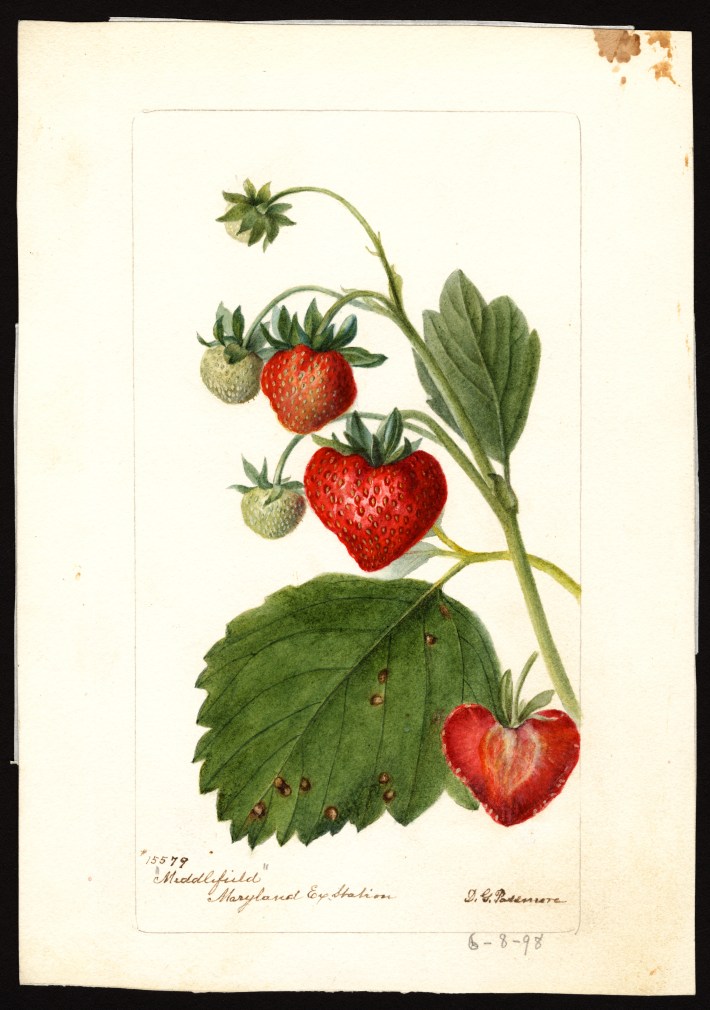
Passmore was one of many artists (most of them women)—like Elise Lower, Ellen Isham Schutt, Mary Daisy Arnold, and Amanda Newton—who did this work. Their paintings were created to catalog fruits, and included in catalogs sent out by the USDA. Though photography existed, it was still expensive and rare and mainly in black and white. They are uniform: the same paper, the same size border, with the plants drawn often at real size. But that doesn't make the paintings not beautiful. They are beautiful! They shine!
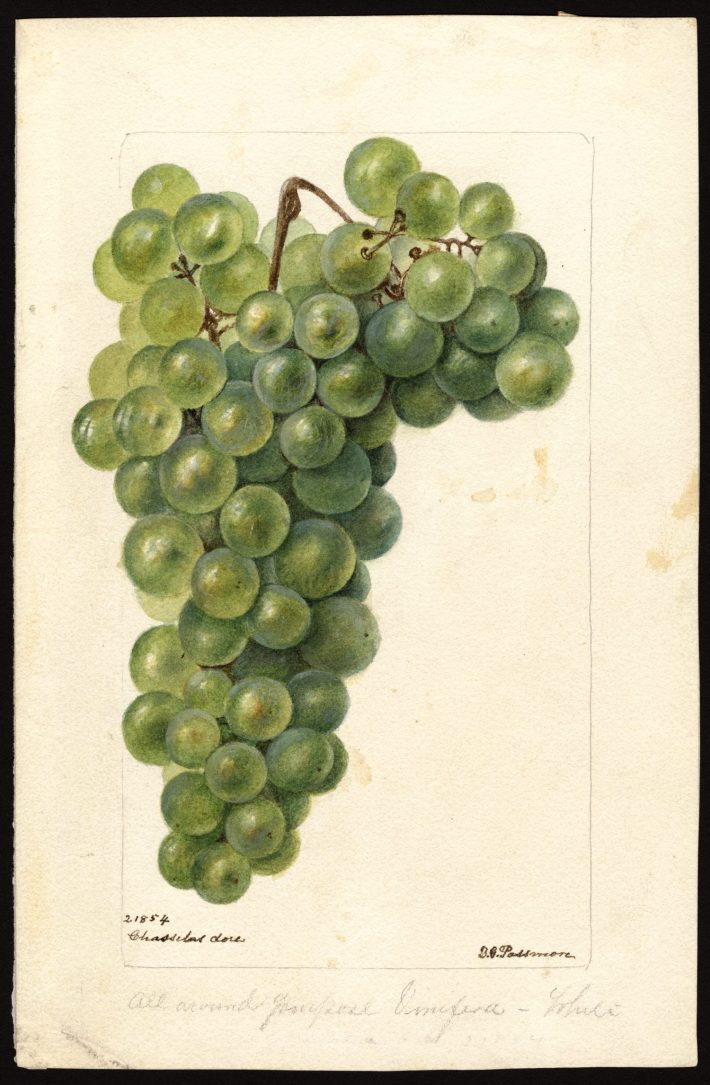
Consistently, when I clicked on the paintings that appealed to me, they were Passmore's. This might be because she was incredibly prolific: 1,527 paintings of hers are on the USDA's website. She created more than half of those in seven years between 1892 and 1902. That's two paintings a week! But I think it's also because of the quality of her work. These are watercolor paintings, which means they are comprised of dozens if not hundreds of carefully applied layers of paint.
"Her genius harmonized and made pleasant and agreeable the most antagonistic shades and tones of colors; and especially did she blend red and yellow," her friend Carrie Harrison (who also never married, which makes you think!) wrote in her biography of Passmore. "Her most difficult pieces give one the feeling of having been done so easily that one imagines that if one had a brush in hand that is the very way one would paint."
I love looking at these photos of her work. They show versions of fruits we don't see anymore because of the standardization of food or shipping, like these weird avocados:

Some show the plants themselves, which I find lovely, like this one of the prickly pear:
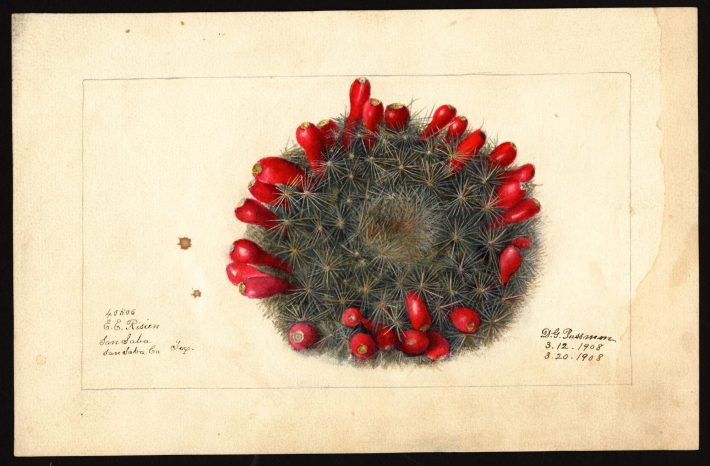
I love the way Passmore uses light and shadow to show the textures inside the fruits. I love her careful script denoting the name of the plant and the date she completed the drawing. What I don't love is that much of her work is being withheld from me and the American public!
While Passmore was employed (for 19 years!) as an illustrator for the USDA, she also worked on a personal project illustrating wildflowers of the Americas. These drawings were bound together with a biography of Passmore and a handwritten note about her death. And now they are just sitting in boxes in the National Agriculture Library.
According to the archival list of what is inside those boxes, there are paintings of lilies, irises, lavender, red chokeberry, and something called love-in-a-mist. There are dozens of flowers I haven't heard of (Live Forever? Virginia Meadow-Beauty? Heath Aster?) I could search up photos of these flowers, but that is not the same. The list also includes a drawing called "Branches bent over snow in winter." I would love to see how Passmore conceptualized her work outside of the USDA parameters.
But you cannot see these beautiful paintings of flowers unless you visit the National Agriculture Library, and there is a very concerning note at the top of the collection description that says that the four linear feet of Passmore's work "was present in Special Collections as of 1995." Has no one checked on it since? I will check on it!
This kind of work—beautiful, careful work by women—was rarely given the respect or attention it deserved when it was created. The least we could do is publish her paintings now in a beautiful coffee-table book.
